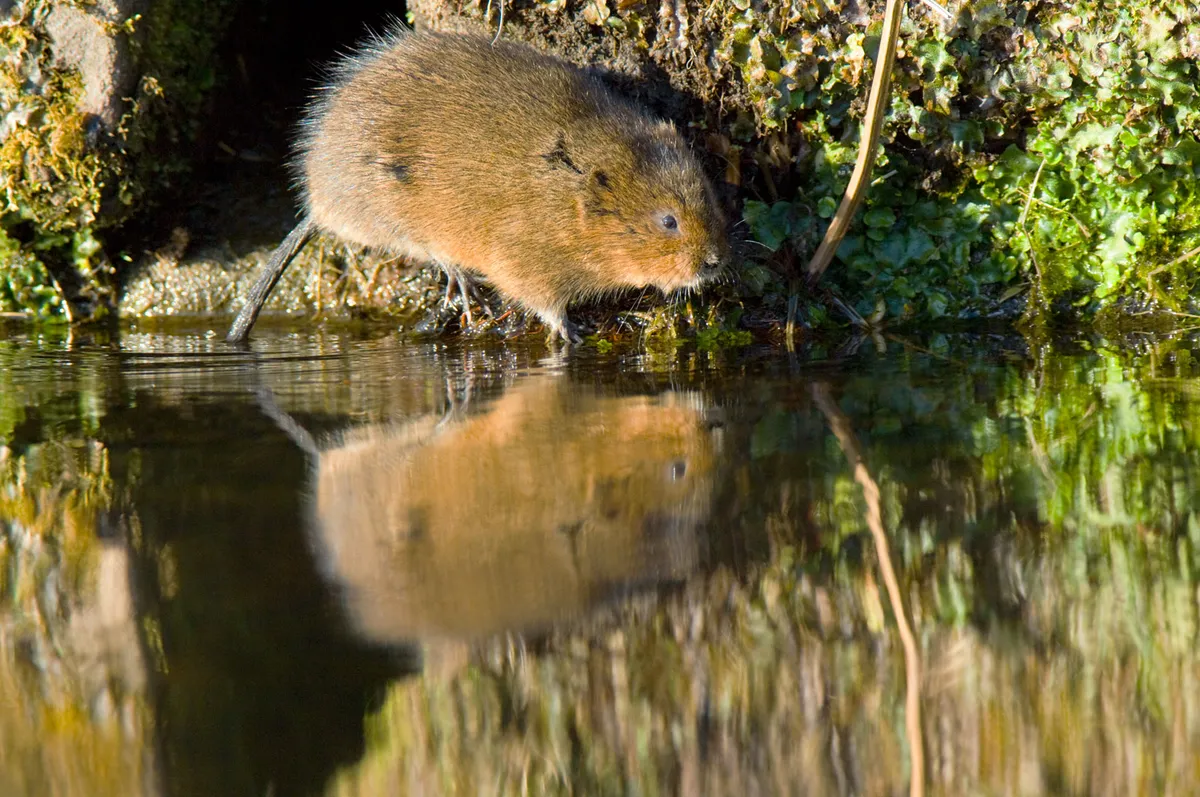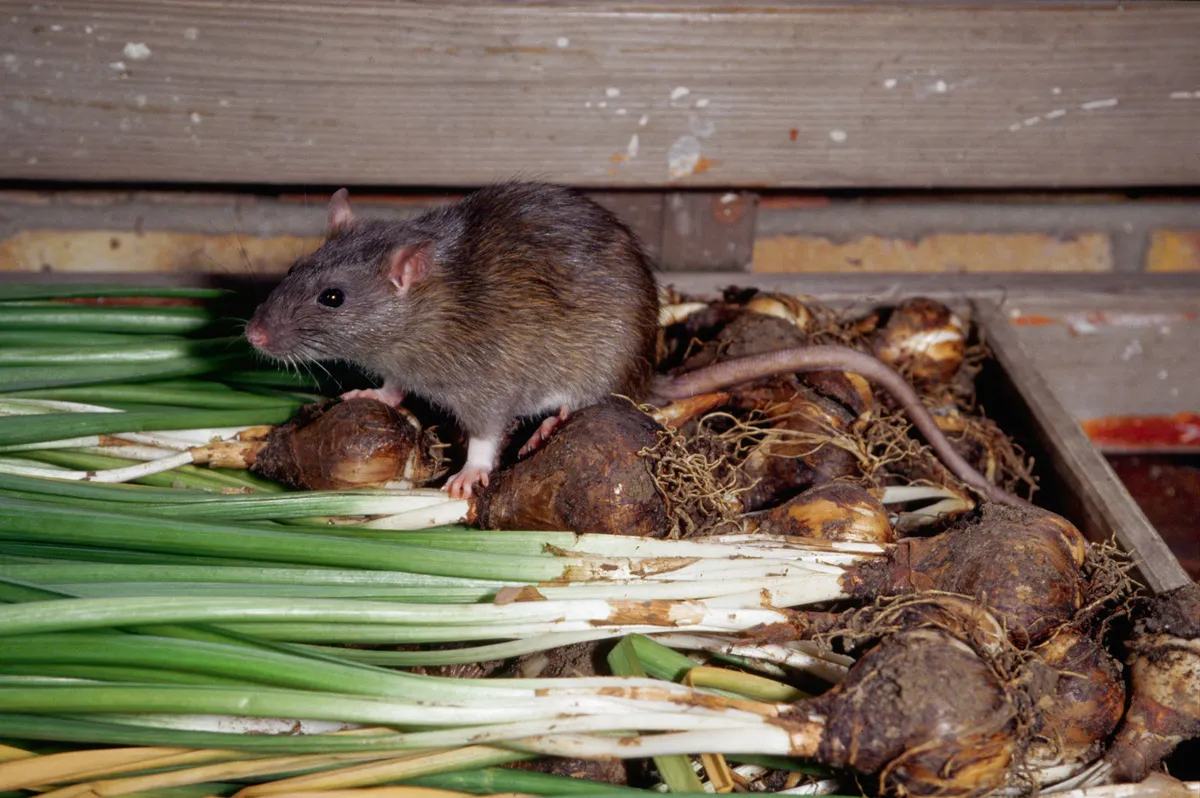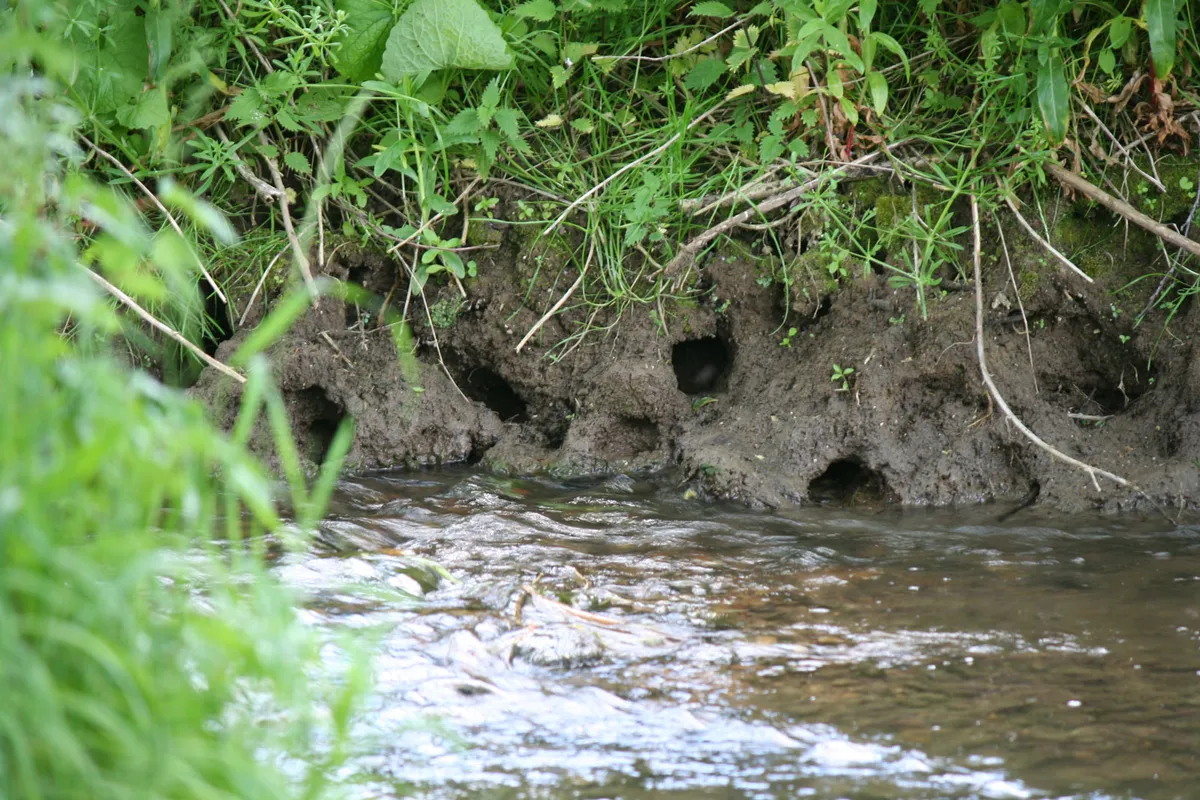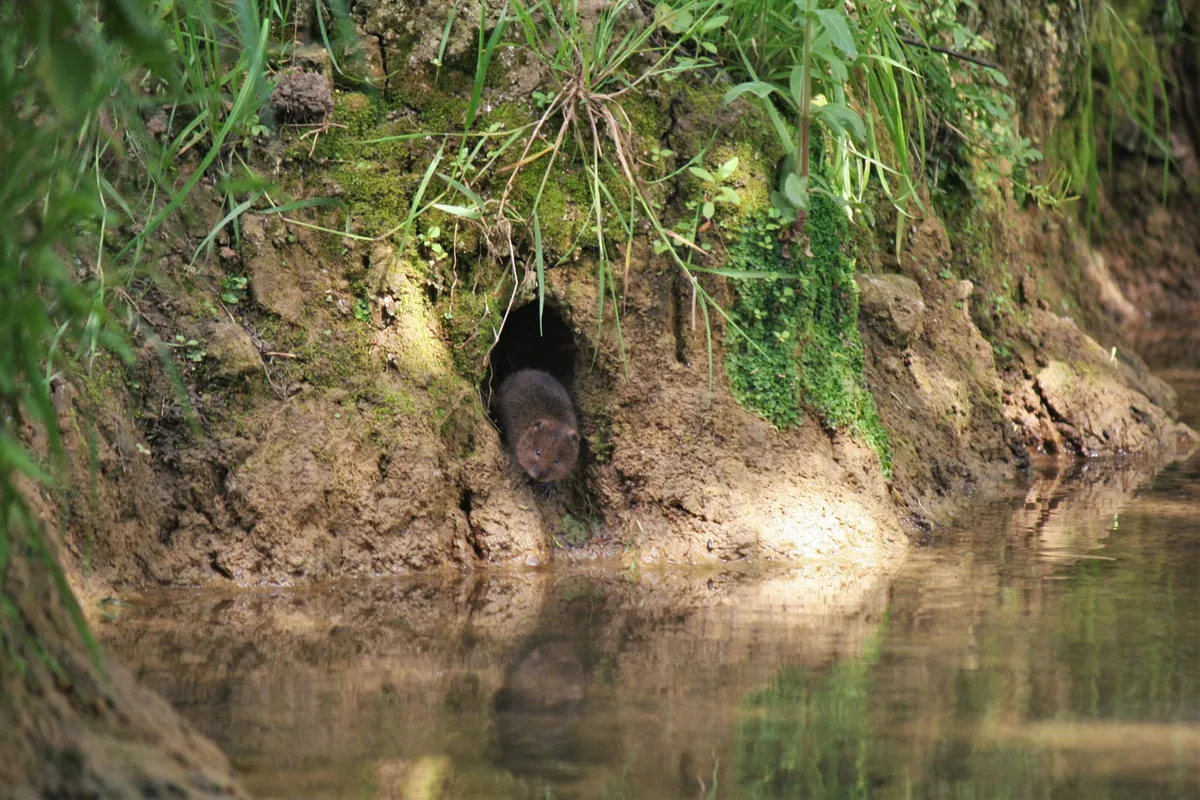Numbers of water voles have fallen over the last 20 years, although they still remain the largest species of vole in Britain. Here is our guide on how to identify, where to see and how you can help
How to identify water voles

Sometimes mistaken for brown rats, which can be found in a similar habitat, the water vole can be identified by their silky, yellowish-brown to dark brown coat, blunt nose, rounded body and long tail. The brown rat is larger with a pointer nose.

Where to see water voles
Water voles build extensive burrow systems in the banks of waterways, generally nesting in the steepest parts of the banks. They also create escape routes underwater in case of danger. Nests can also be found in marshy areas in reeds and sedges.

Incredibly, one of the UK largest populations of water voles doesn’t live near water, but close to one of Glasgow’s housing estates. Researchers found that the small rodents were living in a rough area of grassland, with some even existing by the side of motorway. Studies found the water voles were still creating burrow systems and foraging in a similar way to their bank side relatives.
Water vole facts
Adults weigh 200-350g on average, and will consume approximately 80 per cent of its body weight every day, generally eating a diet of plants found on the banks of waterways. British water voles have been recorded eating 227 plants.

Water voles are territorial during breeding season, marking their territories with steaming piles of green droppings, called latrines. On average, a female water vole will have up to five litters a year. Water voles are blind when they are born and usually leave the nest after four months.
Scottish water voles are descended from the Iberian peninsula, while voles in England and Wales originate from south east Europe when they recolonised Britain following the Ice Age.
